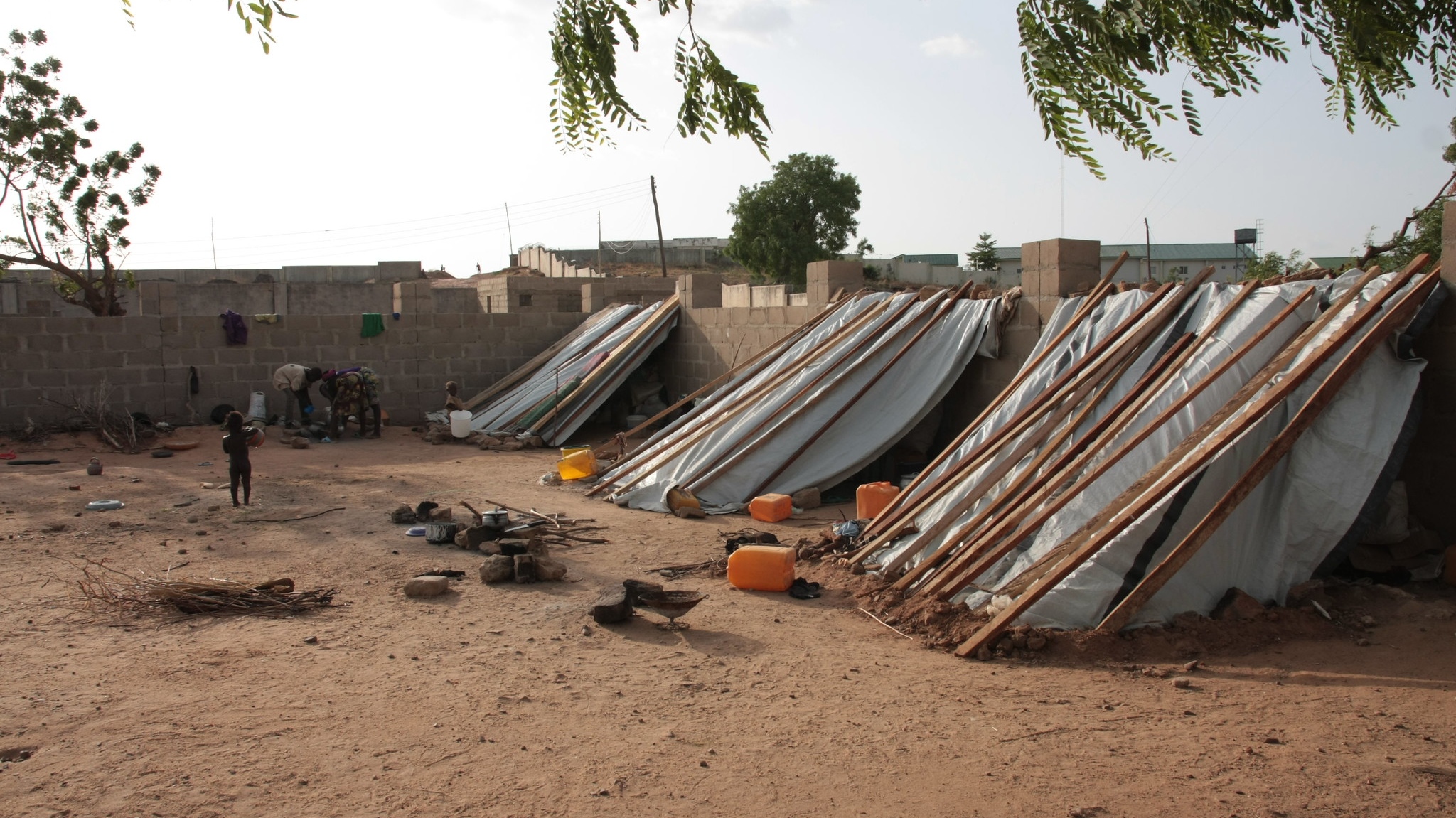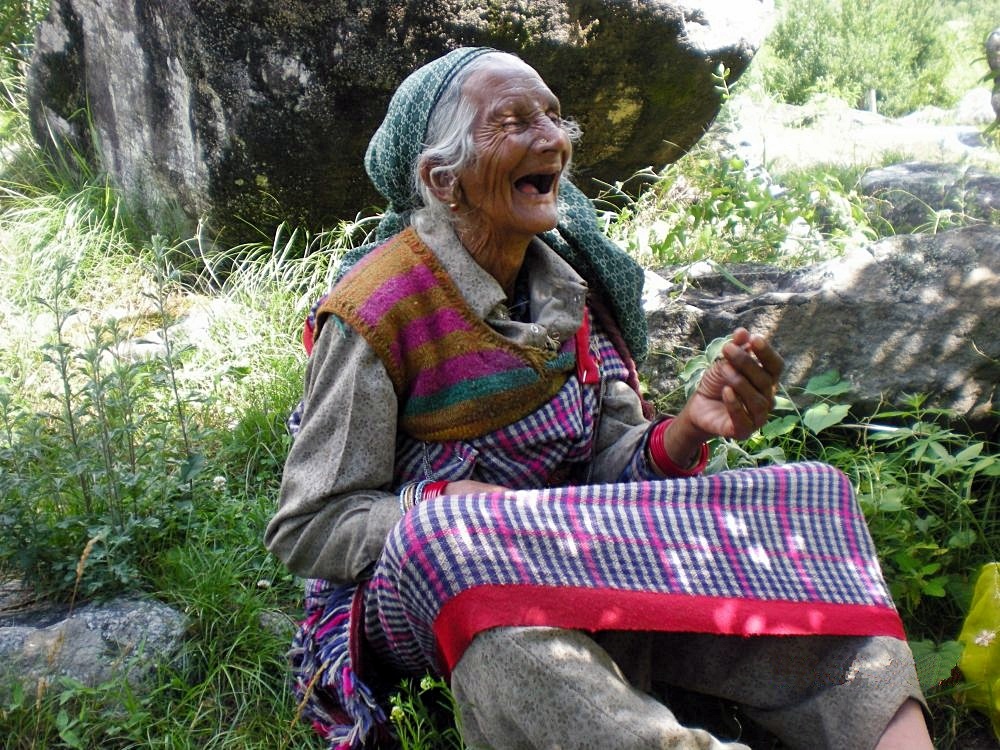In a blog article as part of a special series for International Women’s Day 2023, Arkadeepra Purkayastha examines how a lack of access to proper sanitation facilities like latrines negatively affects the safety and quality of life of women in rural India.
It is almost unthinkable to a large section of global urban populations that access to latrines –– something that we mindlessly take for granted –– is so limited in rural regions that it has become a point of great social and political concern. The WHO-Unicef Joint Monitoring Report (2012) revealed that 65% of rural India continues to practice open defecation. According to the 69th Indian National Sample Survey (NSS) conducted in 2012, almost 60% of rural households did not have access to any form of latrines. Although the numbers underscored in the 76th round of NSS (2018) showed improved access to latrines (71.3%), the survey notes that 3.5% of rural India has never used a latrine. In other words, more than 31 million Indians till date do not use latrines owing to insufficient clean water, lack of privacy, maintenance expenses, and infrastructural inadequacies.
But how does this problem have a gendered impact?
Menstruation, pregnancy, higher susceptibility to infections, safety against sexual violence, and the need for privacy (which is directly correlated to women’s dignity) are all issues that contribute to women’s sanitation insecurities in rural India. The problem of open defecation disproportionately affects women as they face public harassment and sexual violence while defecating in fields and have heightened possibilities of contracting reproductive and urinary tract infections. Dalit women, in particular, face extreme humiliation and violence from upper-caste landowners when they use their fields as a space to relieve themselves. While open defecation among men is widely accepted as a natural phenomenon, the same practice among women is governed by a set of unwritten rules. They can only defecate during the early hours of the day or after sunset in open fields and roadsides –– the rare timings and spaces where the likelihood of being noticed by men is minimal.
Women continually fear that they will be stripped off their honour; in a series of interviews conducted in 2019, one woman claimed –– “I feel that they (men) might have seen my nakedness. I feel humiliated. It affects my izzat (respect/honour)”. As a result, they suppress their meals to avoid defecating in broad daylight. These problems are exacerbated during periods of menstruation and pregnancy. The paucity of clean, private spaces with potable water makes it exceptionally difficult to clean, change, and dispose of stained menstrual cloths. It is next to impossible to change sanitary napkins in fields or wash and dry reusable menstrual cloths. Extended periods of pain make it difficult for women to walk long distances, and they end up wearing stained clothes for long hours. Similarly, pregnant women who need to urinate frequently close to their due date face manifold problems due to the dearth of clean, accessible latrines. This results in them reducing their food and water intake, ultimately causing stunted growth in their offspring.
Government Initiatives
The Indian government needed a potent way to make latrines seem like an immediate requirement and hence the Swachh Bharat Mission (SBM) or ‘Clean India Mission’ in 2014 kept at its centre a stakeholder that would draw the immediate attention of the people — women. They used the rhetoric of suraksha (safety), suvidha (convenience) and swabhimaan (self-respect) of women to create a sense of immediacy around the issue of open defecation and to urge the construction of latrines in rural India. Once these began to be built and opened in rural areas, the population was taught how to use this novel equipment, but the knowledge of how to maintain them was scarce. Cleaning and unclogging were time-consuming jobs that were considered base. Therefore, the maintenance of these latrines fell on the already marginalised — women and lower castes.
The SBM declared in late October 2019 that rural India was open-defecation-free. This implied that every rural household in India had access to a toilet. This claim was contested by the National Statistical Office (NSO) a month later in its report ‘Drinking Water, Sanitation, Hygiene and Housing Condition in India’ (2019). According to the report, 28.7% of rural households do not have access to toilet facilities while almost 4% of those households which have these facilities do not utilise them. NSS data revealed that over 20% of rural households in the states of Gujarat, Maharashtra, Rajasthan, and Uttar Pradesh do not have access to any form of latrines. In terms of usage, every state and union territory had a percentage of households that did not avail of toilet facilities, with Jharkhand and Odisha showing numbers as high as 9.5%.
Ideologies and Perceptions
Men –– the primary decision makers and financial heads of the family –– often cite the need for safe sanitation facilities as a “useless” expenditure. They hold the opinion that their mothers and sisters have managed without it for decades owing to the presence of abundant open fields in rural areas. Thus, the rural perception of latrines in India was and continues to be one that is a western luxury — a needless indulgence that serves no real purpose.
Like most other social problems, open defecation is a multi-faced issue that requires a comprehensive approach. Merely constructing latrines, no matter how many, will remain an insufficient solution if other related problems are not addressed. Poverty alleviation programmes, access to hygienic menstrual products, and other basic facilities (sufficient light, potable water, locks to maintain privacy), education aimed at increasing knowledge of hygiene, and demolishing taboos related to it are other crucial changes that must accompany the physical sanitation infrastructure. It is certainly not enough to merely understand why women need latrines; it is equally important to grasp what prevents them from using these latrines despite government assistance.
Involving women in decision-making while creating policies will remain tokenistic if they are not furnished with adequate knowledge to make informed decisions. The lack of education among rural women disempowers them and, in many cases, further results in them being passive recipients of poorly implemented policies. It is imperative that the government brings to the table civic bodies and non-governmental organisations, that include female representation, who will work collectively and act as checks on each other. Collaborative governance has long been the answer to this problem, and even more so at a time when the distance between the government and the people is increasing.
The views expressed in this post are those of the author and in no way reflect those of the International Development LSE blog or the London School of Economics and Political Science.
Main image credit: https://pixnio.com/.





